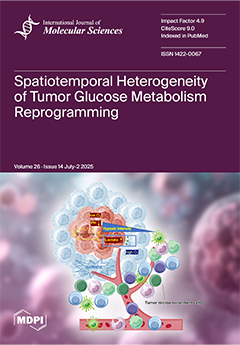Holothuria scabra has long been acknowledged in traditional medicine for its therapeutic properties. The transforming growth factor-beta (TGF-β) superfamily is crucial in regulating cellular processes, including differentiation, proliferation, and immune responses. This study marks the first exploration of the gene expression localization, sequence conservation, and functional roles of
H. scabra TGF-β proteins, specifically activin (
HolscActivin), inhibin (
HolscInhibin), and the TGF-β receptor (
HolscTGFBR), across various organs. In situ hybridization indicated that
HolscActivin and
HolscInhibin are expressed in the intestine, respiratory tree, ovary, testis, and inner body wall. This suggests their roles in nutrient absorption, gas exchange, reproduction, and extracellular matrix remodeling. Notably,
HolscTGFBR demonstrated a similar tissue-specific expression pattern, except for its absence in the respiratory tree. Bioinformatics analysis reveals that
HolscTGFBR shares significant sequence similarity with
HomsaTGFBR, especially in regions essential for signal transduction and inhibition. Molecular docking results indicate that
HolscActivin may promote receptor activation, while
HolscInhibin functions as a natural antagonist, reflecting the signaling mechanisms of human TGF-β proteins. Interestingly, cross-species ternary complex docking with human TGF-β receptors further supports these findings, showing that
HolscActivin moderately engages the receptors, whereas
HolscInhibin exhibits strong binding, suggestive of competitive inhibition. These results indicate that
H. scabra TGF-β proteins retain the structural and functional features of vertebrate TGF-β ligands, supporting their potential applications as natural modulators in therapeutic and functional food development.
Full article






